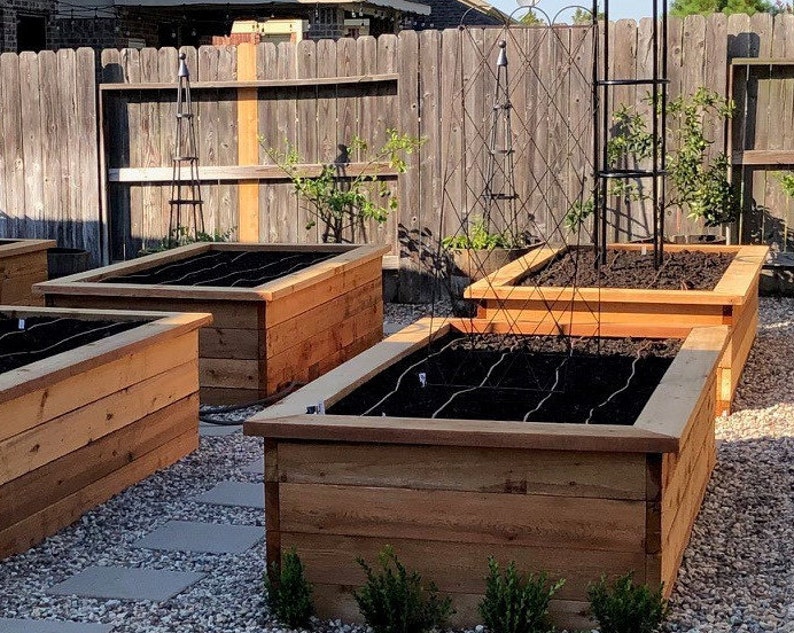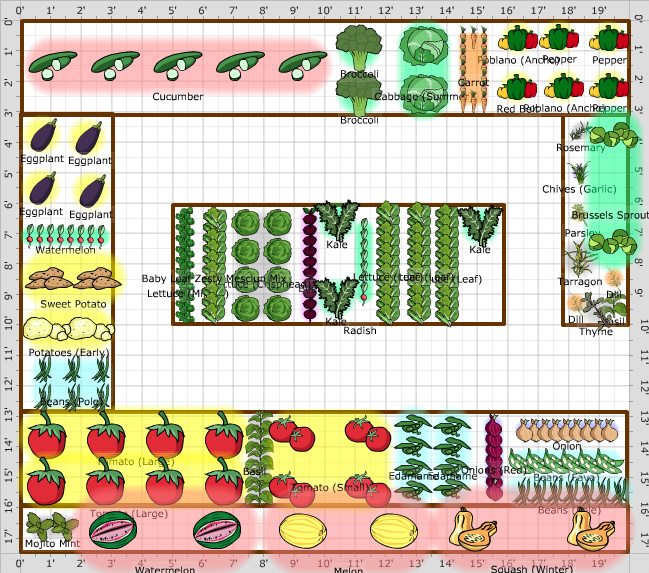

So tomatoes, peppers, onions, and garlic are considered necessities in the garden and take priority on the garden space.

Learn More: 9 Crops to Grow for Winter Food Storage.At the end of winter, I inventory what is left in storage and decide if I need to increase or decrease the number of plants grown to provide us with enough preserved food until the following years garden begins to produce.

I don’t weigh my harvests, but do keep notes on the number of plants grown from year to year. The inventory of the preserved garden bounty from the previous year also factors into the amount of plants in the plan.

Cucurbit Family: cucumbers, gourds, melons, pumpkin, and squash.Brassica Family: broccoli, cabbage, cauliflower, collards, kale, kohlrabi, mustard greens, radish, rutabaga, spinach, and turnip.Solanaceae Family: eggplant, peppers, potatoes, tomatillo and tomatoes.Allium Family: chive, garlic, leeks, onions, and shallots.In my garden, I focus on five vegetable plant families for rotation planning purposes: Planting different crop families from year to year helps to avoid depleting the soil and prevents crop specific pests and diseases from building up from one season to the next. Vegetables that are in the same family use similar nutrients and are vulnerable to the same pests and diseases. It is beneficial to rotate plant families from one garden bed to another each growing season. Follow the recommended plant spacing specified on the seed packages. Overcrowded plants will actually produce less and become more susceptible to pests and diseases. Plants that are too close together will compete for nutrients, moisture, and airflow. Each plant requires a certain amount of space to grow healthy and produce an abundant harvest. Plant Spacingĭon’t be tempted to overcrowd your garden. Things to consider when planning the garden bedsīefore sowing a single seed, it is helpful to sketch a map of the garden so you know how many seedlings you will need, where they will be planted, and how you can keep each bed producing all through the growing season. Thoughts of warmer days and fresh garden harvests encourage me to the next step in planning a vegetable garden: Mapping the Garden Beds.Īfter organizing your seed box, paging through the catalogs thinking about what to grow, and making a seed wish list, the following step is to figure out how everything will fit into the garden. After enduring snowstorms and cold temperatures for months, I begin wondering whether spring will ever come at all. Late winter is the perfect time to plan your vegetable garden. Mapping your vegetable garden before planting helps you see how many seedlings you need, where they will be planted, and how you can keep each bed producing all through the growing season.


 0 kommentar(er)
0 kommentar(er)
